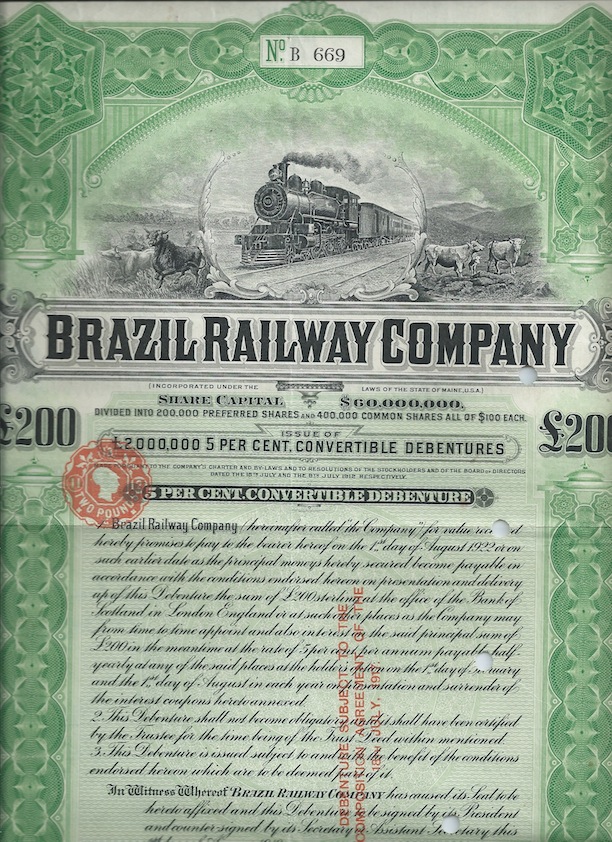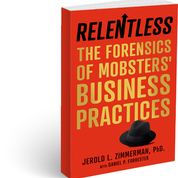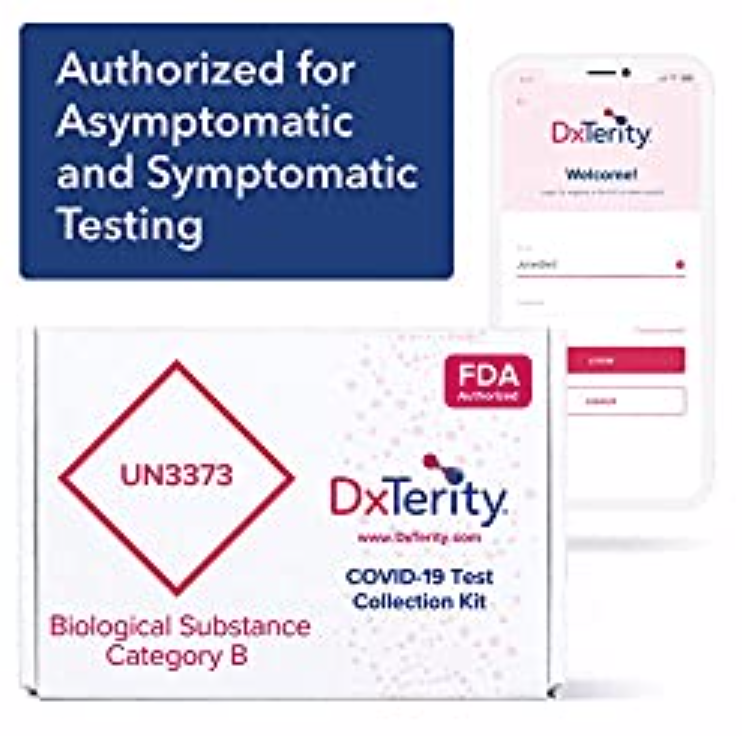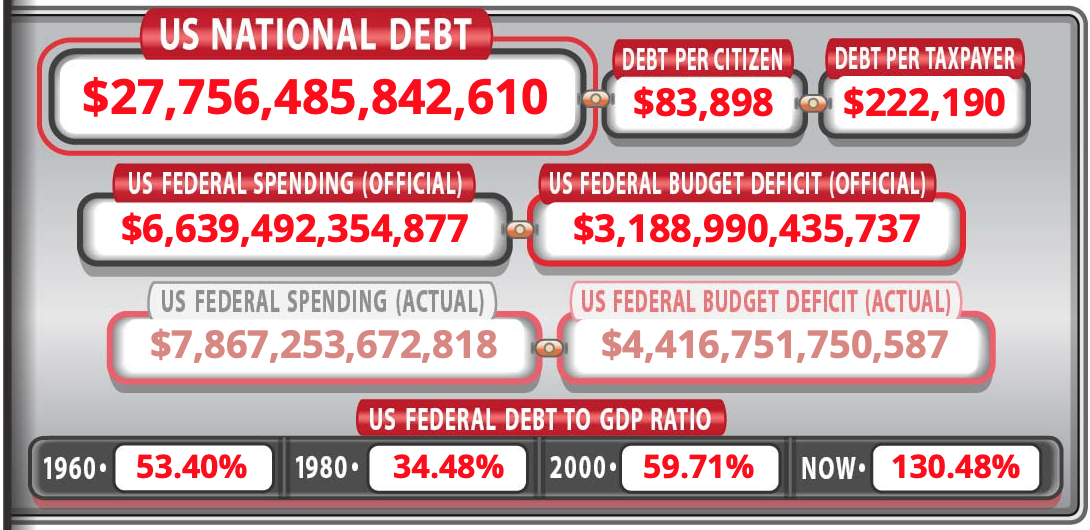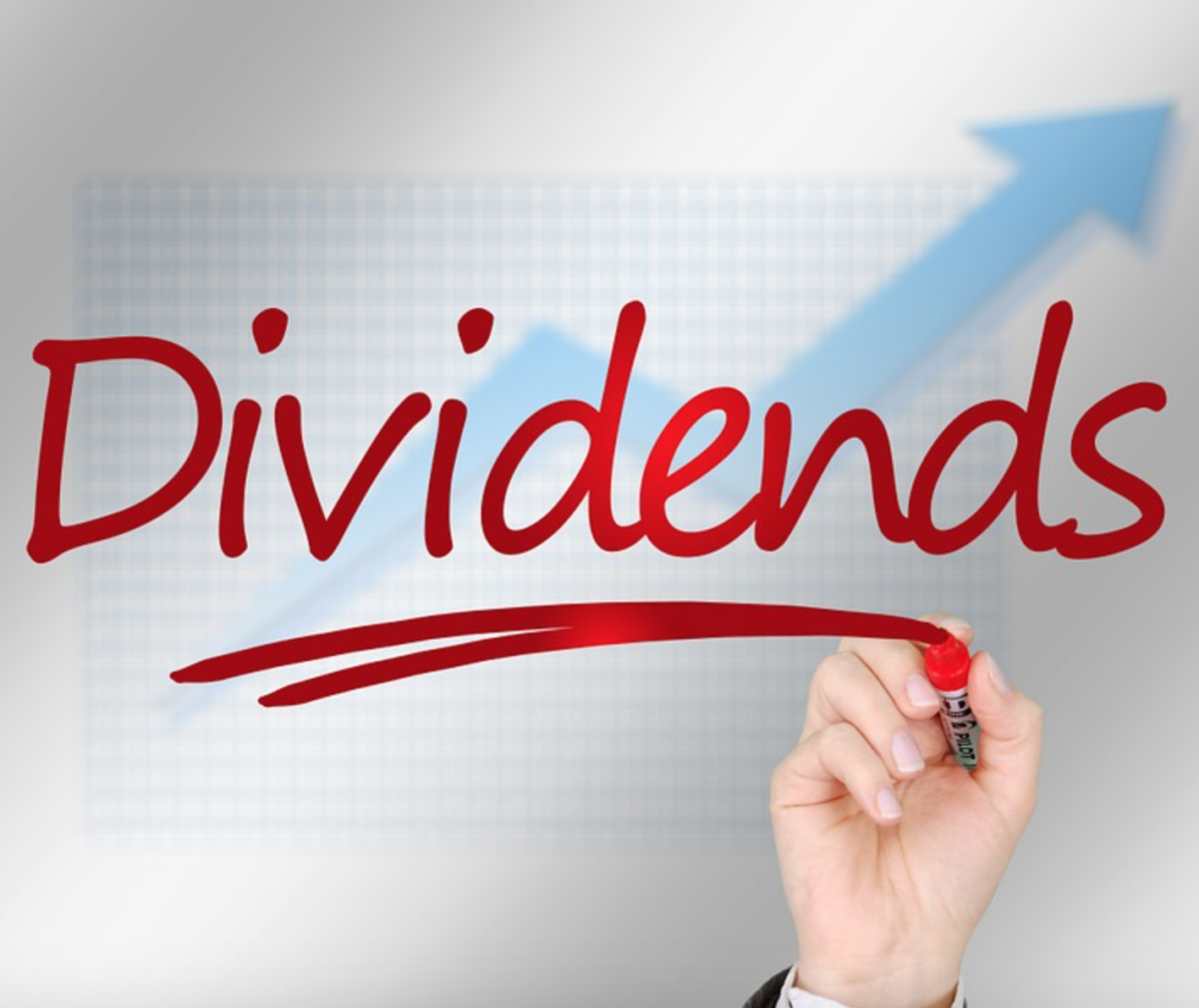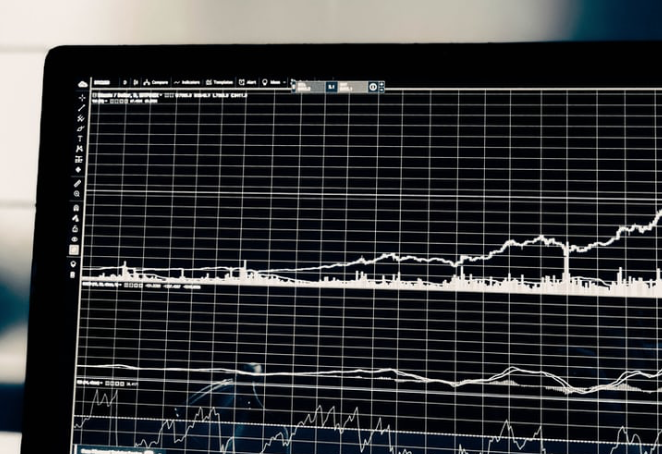3x World Series Champ & Wall Street Exec, Todd Stottlemyre Shares Strategies for Professional & Personal Success
The Observer: A Modern Fable on Mastering Your Thoughts & Emotions
Although Todd Stottlemyre may be best known for his successful Major League Baseball career, his accomplishments off the field are just as impressive. After leaving baseball, he pursued a career in finance building an asset management business at a high-profile Wall Street firm. He then founded a private equity fund that owns, manages, and oversees several companies.
Today, Stottlemyre is a global entrepreneur, speaker, and high-performance business coach with a highly personal, transformative story to tell through his new book, The Observer. Far from being a fiction novel, The Observer offers actionable strategies for professional and personal growth and it is also the fable of Todd Stottlemyre’s life. He rose to superstardom winning two World Series with the Toronto Blue Jays but had yet to reach his true “peak” until the journey that began afterward.
ABOUT THE BOOK:
Kat has it all (money, success, recognition, influence) except the one thing she desires desperately: a fulfilled life. A business entrepreneur in the high-end sportswear industry, Kat is driven in relentless pursuit of ever-greater success. The two anchors in Kat’s frenzied life have been her father; a famous baseball pitcher turned team manager, and her son, who is following in his grandfather’s footsteps. When both anchors become unstable, Kat’s life tips dangerously out of balance. The market and her finances flip, and relationships start slipping through her fingers. Eager for solutions, she turns to find uncanny wisdom from places she never expected.
The Observer unpacks the idea of 180-degree thinking, which changes everything for Kat. Now, seemingly impossible goals now come into focus with crystal clear clarity. As Kat focuses on the right things, the impossible becomes her new reality.
-Release Date: December 29, 2020
-Publisher: Made for Success Publishing
-ISBN-10: 1641465344
-ISBN-13: 9781641465342
-Purchasing Details: The Observer is available for wherever books are sold including Amazon
WHY THIS BOOK IS WORTH READING:
This book is a must-read for entrepreneurs and business owners but also for anyone searching to find happiness and meaning in their lives. Breaking the boundaries of genre, The Observer is a motivational business blueprint and self-help book, disguised as a ‘coming of (middle) age’ novel, wrapped in a sports story, that (underneath it all) is actually a fable about pro baseball Star Todd Stottlemyre’s life.
Although it is presented as a fictional story about a 38-year-old woman and her journey to self-discovery, the book serves as a fundamental roadmap to personal and professional success. Through the story of “Kat”, Stottlemyre examines the science of success and how to use it, offering various strategies and techniques for growth. He demonstrates how lofty ambitions are achievable when you follow the sequential steps in his proven success system. The book not only gives readers motivation and encouragement, but it also provides them with a pathway for discovering their peak potential in business and in life.
In the age of COVID, political unrest, and global chaos – a time when uncertainty lurks around every corner – these timeless insights are more important today than ever before. Praised for its sharp wit, plot twists, and fast pace, this book will inevitably become a mirror to take a look inside ourselves―and find that no matter how long it takes, we all have the ability to change our trajectory.
Whether you are seeking professional growth or personal fulfillment, and looking for strategies to achieve excellence, or if you just want to curl up with a poignant novel (OR if you a sports fan itching to learn more about this MLB superstar) The Observer needs to be on your reading list!
ABOUT TODD STOTTLEMYRE:
 Todd Stottlemyre is a former Major League Baseball pitcher who played for 15 seasons most notably as a member of the Toronto Blue Jays with whom he won two World Series championships. He also played for the Oakland Athletics, St Louis Cardinals, Texas Rangers, and the Arizona Diamondbacks. Awarded for his outstanding integrity and dedication to community service, he received the prestigious Branch Ricky Award and the Lou Gehrig Award.
Todd Stottlemyre is a former Major League Baseball pitcher who played for 15 seasons most notably as a member of the Toronto Blue Jays with whom he won two World Series championships. He also played for the Oakland Athletics, St Louis Cardinals, Texas Rangers, and the Arizona Diamondbacks. Awarded for his outstanding integrity and dedication to community service, he received the prestigious Branch Ricky Award and the Lou Gehrig Award.
After leaving professional baseball, he pursued a career in finance building an asset management business at a high-profile Wall Street firm. He is the co-founder and owner of a private equity fund that owns, manages, and oversees a number of companies.
Today, Stottlemyre channels his passion for winning as a high-performance business coach, best-selling author, and keynote speaker. Taking all he has learned both on and off the field, he works to help people achieve unparalleled success in every dimension of their lives.
This page includes Amazon Associate links


